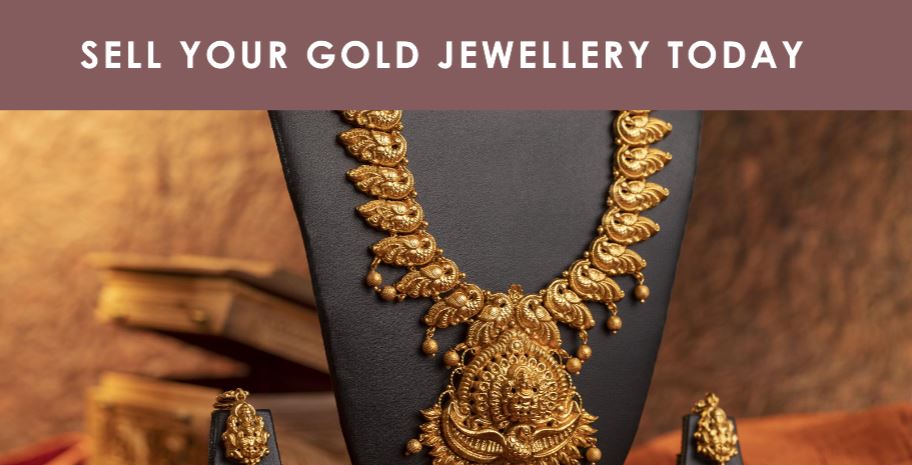Selling unwanted gold jewellery is an option many people consider when in need of some quick cash. Over the years, trinkets and other gold pieces can accumulate in our jewellery boxes and collect dust as our tastes change. While nostalgia may make us hold on to some sentimental items, loose gold, broken chains, or outdated styles often get pushed to the back of the drawer. However, these forgotten pieces still hold value in their gold content.
Rather than letting gold sit idle, selling it can help unlock funds for unexpected expenses, renovations, holidays or other costs. This guide will walk through the various ways to determine the worth of your gold pieces and sell them for the best price possible.
Determining the value of gold jewellery,
Knowing precisely how much your gold items are worth is crucial before putting them up for sale. The first step is assessing the karat quality, which indicates the pure gold content that makes up that piece. Most gold alloys are either 10k, 14k, 18k, 22k or 24k. The higher the karat number, the purer the gold content.
You can have jewellers or gold testing services analyze pieces to provide a karat rating if not already stamped. Another key factor is weight, ideally measured in grams on a precision scale. With the karat and weight known, owners can use online calculators matching the current spot gold price to estimate a value.
For extra accuracy, comparing estimates from multiple price-per-gram charts is recommended. Having documentation of these value factors makes potential buyers more confident in making a proper offer.
Preparing gold items for sale
Before shipping off or meeting with buyers, it is important to properly prepare jewellery for sale. First, thoroughly cleaning all pieces removes any dirt or residue that may diminish their shine and value. Polishing dull pieces can sometimes increase their perceived worth. Keeping documentation like appraisal papers or proof of purchase is also recommended in case buyers have questions.
Photographing jewellery at various angles to showcase details aids online listings. Finally, packaging securely protects items during transport. For shipping, using tracked options through carriers like UPS allows sellers peace of mind. Proper preparation addressing cleanliness, documentation and safe delivery gives buyers confidence in the transaction. By following these guidelines, owners can maximize the sale price of their unwanted gold.
Factors that increase/decrease value
Several factors influence the valuation of gold jewelry and buyers will assess each piece’s attributes. Higher karat levels like 18K and 24K are more valuable than 10K or 14K as they contain higher amounts of pure gold. Intricate designs showcasing a skilled artisan’s work will likewise yield a higher price.
Well-maintained pieces in ‘liked new’ condition command top dollar versus worn items. Current market forces also impact pricing – when gold spot rates rise, buyer demand and prices increase industry-wide. On the other hand, common or mass-produced styles lacking unique features may only be valued for their gold weight. Buyers or gold dealers like Gold Secure also prefer pieces that retain all original components and avoid those in need of repairs.
Tips for direct sales
When coordinating direct sales to buyers, there are tips sellers can apply to optimize earnings. Negotiating is expected, so gathering multiple offers enables counter offers. Have a desired target range in mind but be open to meeting in the middle. Consider immediate bank transfers for convenience, but certified funds like cashier’s checks remove the risk of chargebacks. Communications should remain professional, timely and detailed to nurture trust.
Requesting condition reports if items will be melted down allows recourse for any concerns. Insured shipping or meeting in person, if near a buyer, are preferable to reduced visibility mail options. Proper documentation and packaging yield reviews praising sellers’ professionalism—aiding future sales.


